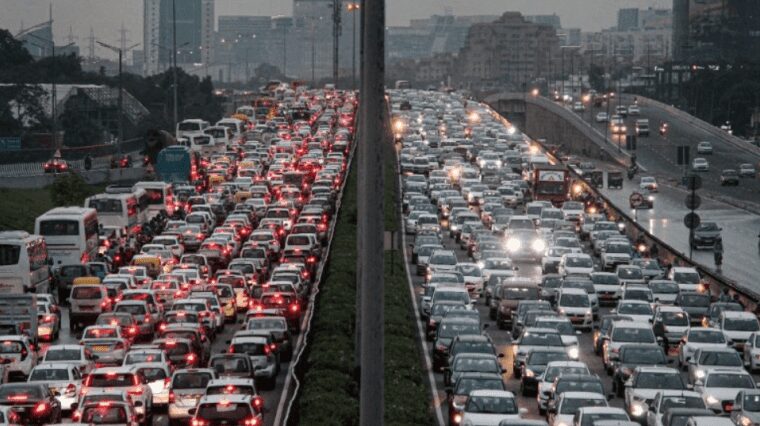There’s nothing more frustrating than being stuck in traffic after a long day at work. Unfortunately, in many metropolitan countries around the world, from New York to Mumbai traffic congestion is only a growing problem, with apparently no end in sight.
Commuters from all walks of life are voicing their concerns about the inability of policymakers to enforce long-lasting solutions. While in most cases the hands of the government are tied when it comes to eliminating traffic congestion, there are several ways to ease the problem at the city or state level. Let’s explore these techniques.
1. Provision of Exclusive Ways For Public Transport
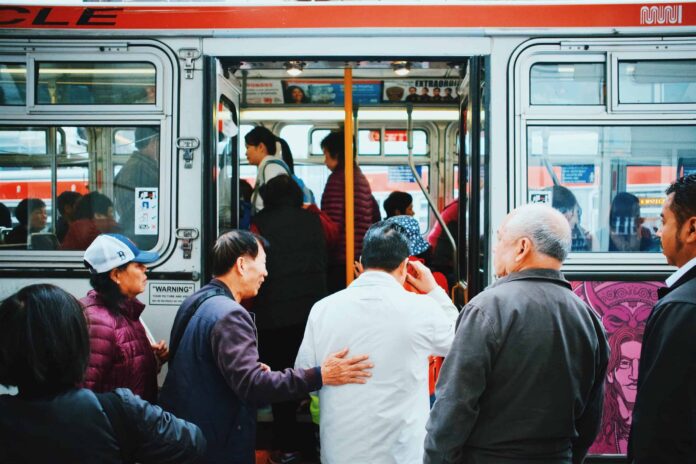
Exclusive lanes for public transport like buses, taxis, or carpools that are not accessible by private vehicles can help improve the image of public transport. Exclusive ways like these can help buses reach destinations faster, hence boosting their reliability.
The concept of exclusive lanes has sparked a debate, since many believe that these lanes could instead be used by private vehicles, thus, reducing the traffic. However, the way in which these lanes are separated from regular car lanes determines how effective they are.
If we consider a transit mall, for example, we can see that they make urban areas more liveable, as these designated street areas are separated well from private traffic lanes. While expensive, purpose-built guideways like bus tunnels, can significantly lower traffic in urban areas by motivating people to use modes of public transport.
Also, exclusive lanes are much cheaper than building public rail transport systems. If implemented and planned well, transit malls and exclusive lanes can minimize traffic congestion. To encourage carpooling, simple research formulae as explained in ittutoria.net can be conducted by civil bodies.
2. Optimization of Urban Traffic Management
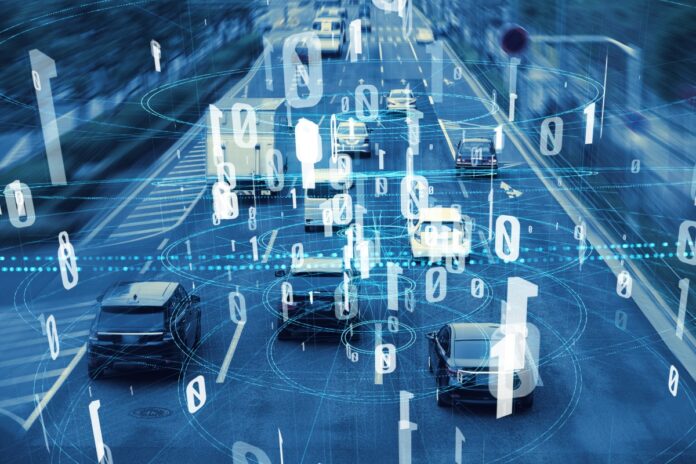
UTM control systems essentially seamlessly alter traffic light timings throughout the day, to align with the real-time demand. They hence maximize road capacity and minimize the probability of cars and vehicles being stuck at important junctions causing a traffic or grid block.
In addition, the optimization of UTMC systems can help prioritize public transport like buses, by synchronizing the phases of the lights to bus schedules or movements. Some advanced systems can also see whether the bus is on time or not following the schedule and accordingly alter priority.
For example, they can limit green lights at crossroads or utilize specially-curated model programs to deal with instances like congestion on arterial roads.
3. Enforce Strict Traffic Regulations
Illegal parking, loading or unloading vehicles, and waiting for someone, do more harm than good to easing traffic congestion. While these aspects may seem irrelevant from a bigger perspective, tackling the root of the problem can increase junction capacity, improve safety for pedestrians and cyclists, and increase the reliability of buses.
“No Parking” and “No Loading/Unloading” zones at important junctions where a block can cross gridlocks across large stretches of the road network, can be implemented. Strict penalties can be given to those who don’t follow speed limits, use restricted zones as shortcuts, load or unload in restricted areas, or drive on pedestrian-only or restricted roads.
4. Increase Parking Zones
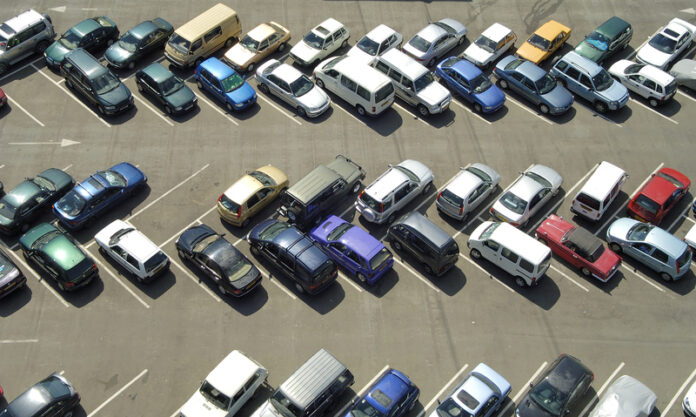
The ratio of parking areas to residents’ vehicles doesn’t match, in most urban cities and towns. In addition, only the roads at the heart of the city have cohesive parking controls that include a good mix of paid-only parking, bays for waiting, and designated resident parking.
In other areas, commuters drive around in circles, looking for a space to park their car outside the limits of controlled parking zones or where they won’t be charged exorbitant parking fees. This conundrum also makes the street less pleasant for cyclists and pedestrians.
It also leaves little to no parking areas for guests, visitors, or delivery vehicles. The problem can potentially be solved by branching out controlled parking areas further away from the heart of the city and adding new, accessible parking zones for locals that go hand-in-hand with city expansion plans or building permits.
5. Implement CCTV Monitoring
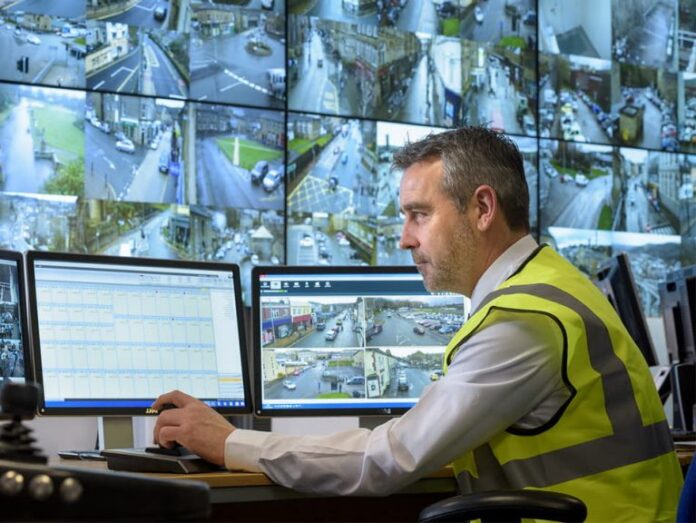
Implementing CCTV monitoring systems and synchronizing them with the cloud, can give traffic managers and police real-time data about traffic congestion, breakdowns, and accidents.
When combined with reliable communication systems that connect highway managers, police, and significant road users like airports and stations, those managing the traffic can receive and issue a warning in advance, about concerns that’ll impact the traffic network.
6. Improve Resilience of Strategic Road Networks
Any repair work or accident on an essential road network like an arterial road or highway fuels the problem of traffic congestion as it diverts large traffic volumes onto smaller roads and streets. As a result, it inadvertently delays public transport systems like buses.
Therefore, there’s a need for enhanced resilience of these road networks, where partial and complete closures will not create a huge issue. To do so, any investments in road networks that are targeted to facilitate connectivity must be assessed in terms of reducing commute times and delays at those particular junctions.
This kind of work must also focus on minimizing the traffic congestion because of vehicles that are diverted onto smaller road networks, by analyzing traffic densities at different times of the day, throughout the week.
7. Workplace Parking Charges
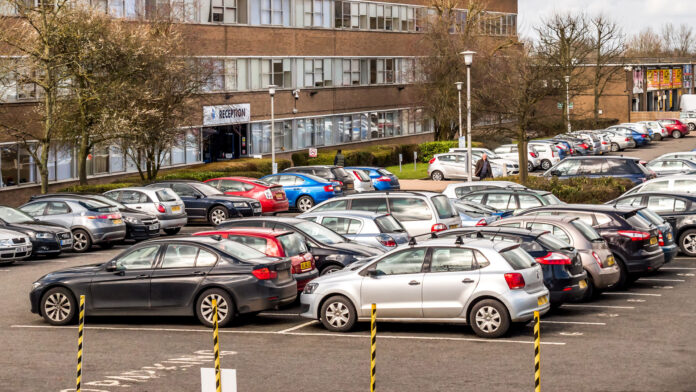
In many countries, employment sites offer free parking, which is usually only meant for the employees of a particular organization. This attracts traffic to these sites, especially during rush hour, which indirectly creates congestion and blocks in other parts of the city.
Implementing workplace parking charges could encourage the companies to find different modes of working for their employees- like working from home or hybrid working. Car parking can also be transformed into areas for cycle parking to motivate employees to commute to work via alternative modes.
The companies can also offer travel permits for buses, trains, or metros, to help subsidize the fares charged by public transport. If none of these alternatives work, the company could offer a work bus to pick up employees from different locations.
Final Words
While vehicles have been integral to solving our mobility challenges, the problem posed by traffic congestion, especially in metropolitans and large cities, could undo a lot of the good it did. Traffic congestion can be alleviated through short-term changes like increasing the capacity of important road networks or introducing exclusive ways for buses or cycles.
However, to completely solve the problem of traffic congestion, long-term solutions like shifting to transportation mediums that are space-efficient as well as sustainable like walking, public modes of transport, or cycling, will be the key.
This will require a modal shift, where government policies will play an important role in curating positive views of residing in a low-traffic city. In this case, a change will benefit everyone involved, including the environment and livability index of the particular city.
